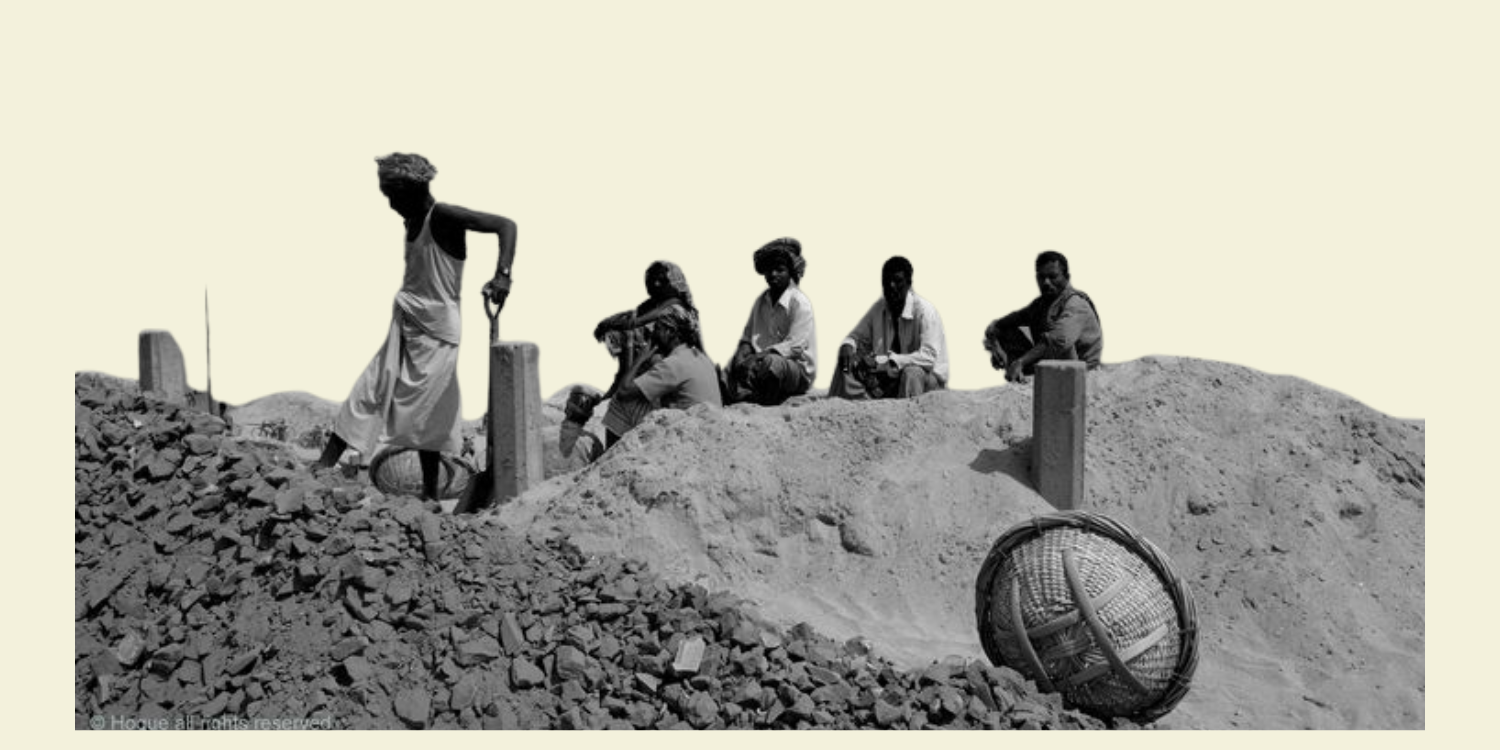ABSTRACT
The issue of labour law reforms has been at the core of the conventional discourse on industrial investments and job creation in India, wherein these laws are seen as restrictive and complex. The series of labour law changes made by several state governments in May 2020 also had the rationale of driving industrial and employment growth in an economy hit by the Coronavirus-induced lockdown. This paper looks at the problems inherent in the current discourse on industrial growth and labour law reforms by analysing enterprise level data. It shows that the current labour law regime has a marginal impact on industrial growth as well as labour welfare. It further argues that there is a need to shift the focus of the current discourse from the issue of labour laws to longstanding structural issues affecting new industrial investments, job creation as well as formal employment in the country.
CONTEXT
The COVID-19 pandemic led to, arguably, the most significant set of changes to India’s labour regulation regime in recent times. Beginning in early May with Uttar Pradesh and Madhya Pradesh, a total of seven states1 made ‘minor’ and ‘major’ changes to their labour laws. Most of these states increased the daily and weekly working hour limits under the Factories Act 1948 (Ram 2020). Uttar Pradesh, however, passed an ordinance that exempts industrial units from most labour laws for three years (The Uttar Pradesh Temporary Exemption From Certain Labour Laws Ordinance, 2020). Passing the UP Temporary Exemption from Certain Labour Laws Ordinance 2020, the government released a statement saying,
“The covid-19 pandemic has impacted economic activities and industrial activities badly. Because of which the workers welfare has also got a hit. To bring the economic activities back on track, new industrial investments opportunities will have to be created and old industrial activities need to be given a boost.” (Nanda 2020).
Thus, the Uttar Pradesh government, in a bid to boost the halted economic and industrial activities, opted to exempt industries from labour laws that seek to secure workers’ rights. One can infer that the Uttar Pradesh government saw the two issues of workers’ rights and industrial growth as incongruent.
Some experts hailed these changes to labour laws as the most important set of reforms since the economic liberalisation of 1990, that have become necessary for enabling greater investment and increasing formal employment (Kant 2020; Pai 2020). Others have opined that reforming restrictive labour laws provide India with a chance to attract the flight of manufacturing jobs from China and compete with countries like Vietnam which have already made similar bold labour reforms (Jha 2020).





